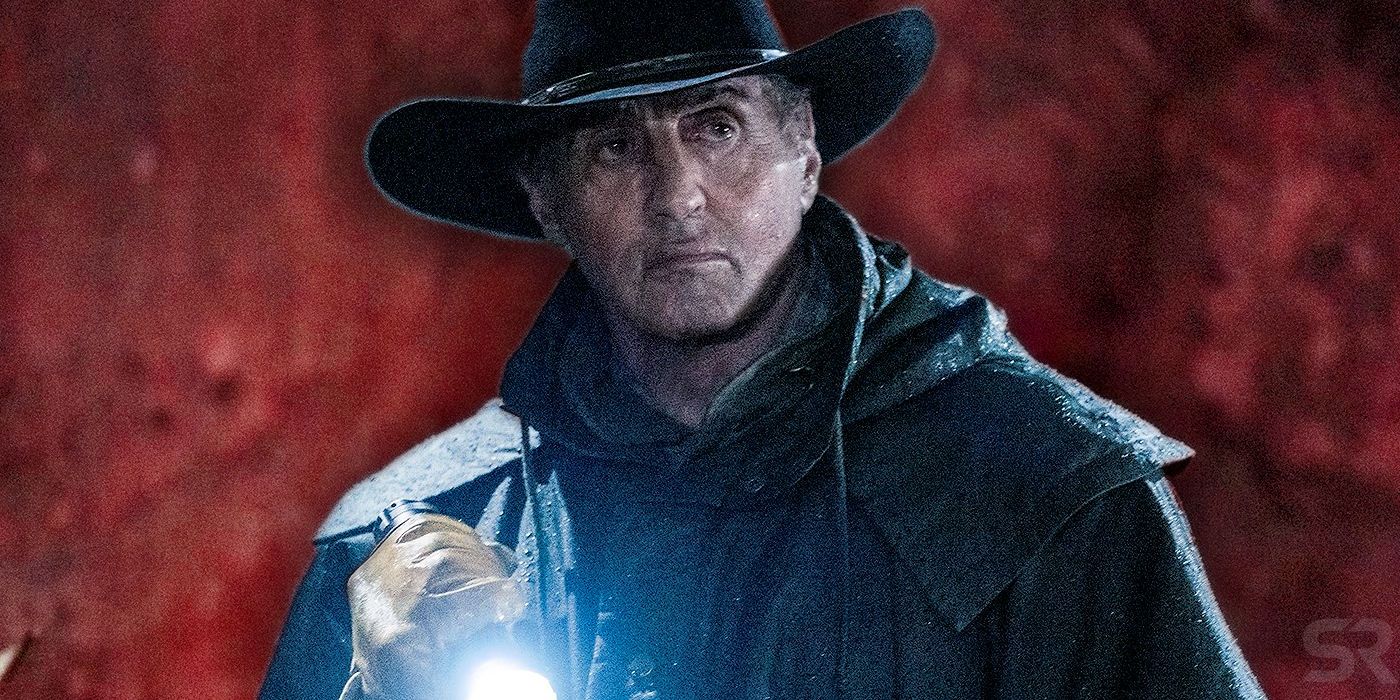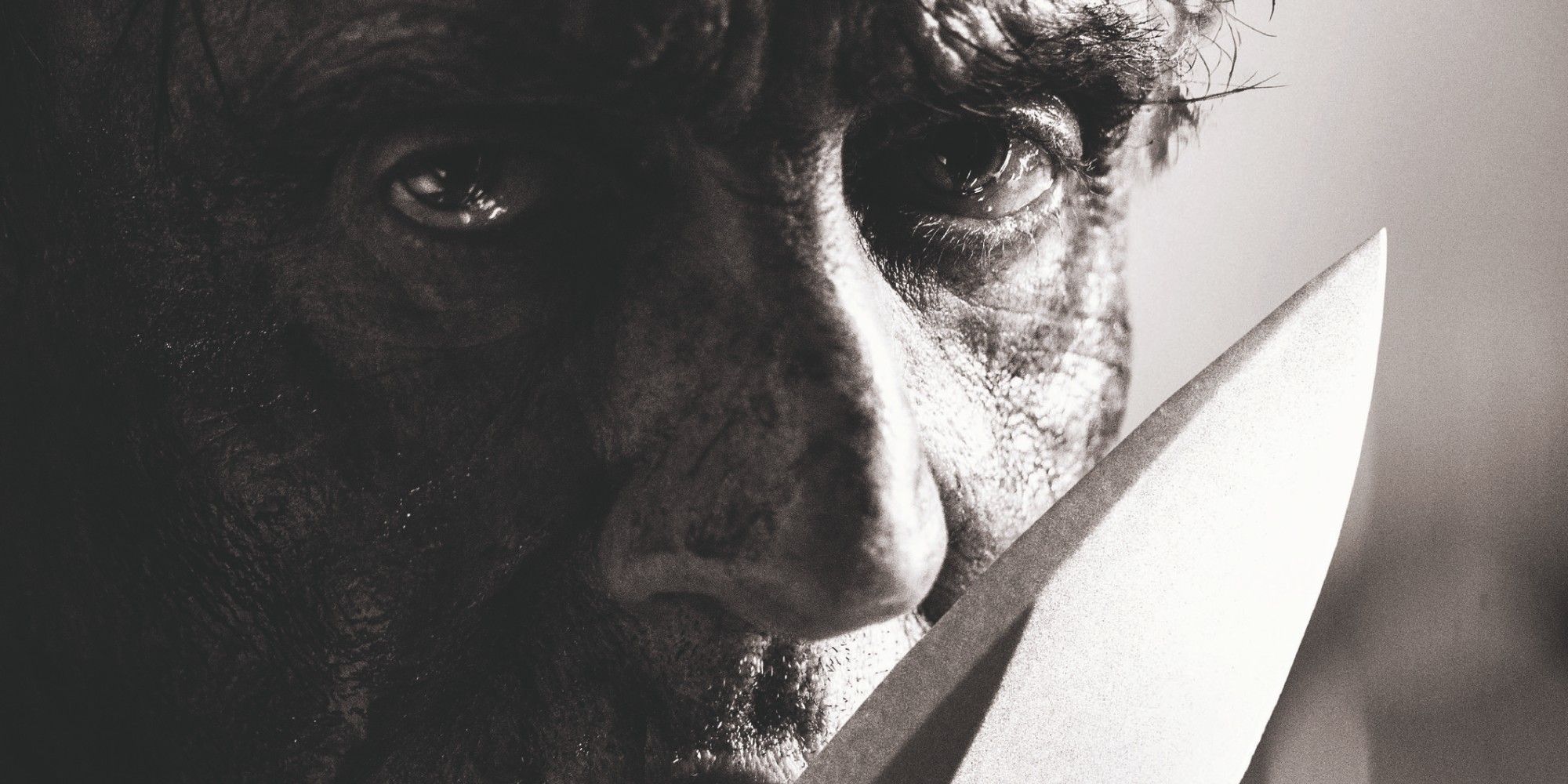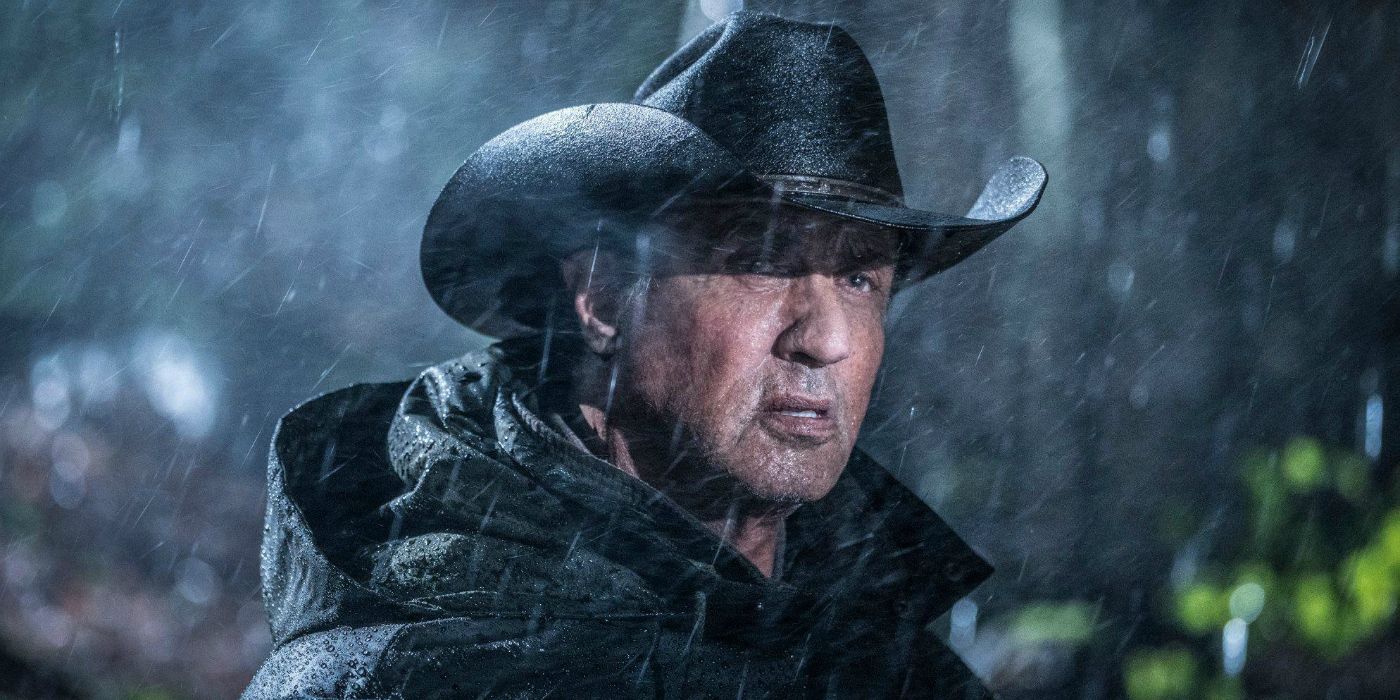
The Rambo: Last Blood extended cut is better than the theatrical version, with a lengthy new prologue casting a dark tonal shadow over the entire film. The character of John Rambo is an indictment of America's mistakes; he started out as a good man who was sent off to a war he wasn't allowed to win. When he returned from Vietnam, he was shunned by his countrymen and became a drifter, wandering aimlessly across a country that had rejected him, even after he had killed countless men in its name.
In 2019, the fifth film in the series, Rambo: Last Blood, released to a middling critical and commercial reception. One of the biggest complaints about the R-rated thriller was that it rushed through its plot at a breakneck pace, rarely slowing down to examine its iconic lead character. While Rambo: Last Blood's ending sticks the landing with a climactic showdown that features some of the most righteously grotesque kills ever filmed, the context for Rambo's horrific brand of justice is arguably lacking.
A Rambo: Last Blood extended cut was quietly released on Amazon Prime and the new version runs 12 minutes longer than the theatrical cut. While there are a handful of new scenes, most of the new content is dedicated to a prologue set the night before the film's proper opening. This sequence, and the resulting fallout as depicted in other new scenes, goes a long way towards defining John Rambo's character and explaining his actions during the film. As a result, the Rambo: Last Blood extended cut is superior to the theatrical version.

Rambo: Last Blood's new prologue is set during a monsoon that sees Rambo searching for a trio of lost hikers. He finds the first, a woman, dead from drowning. Later, he finds the other two, a man and a woman. While he's able to save the woman, the man runs off, refusing to accept the death of his wife - the woman Rambo had discovered earlier. As Rambo returns to base-camp with the girl he rescued, the body of the man who ran off is being loaded into an ambulance.
He tries to explain his grief to his confidant and housekeeper, Maria. Rambo explains how he couldn't save the hikers, just like he couldn't save his brothers in Vietnam. And so, Rambo retreats to the caves beneath his homestead where he's tormented by the grief of the man who went off to save someone who was already dead, losing his own life in the process. This triggers Rambo's existing PTSD, which results in flashbacks to his time in Vietnam, seguing into a scene from the theatrical version.

Rambo is a character defined by violence. Through his time in Vietnam and his experiences across the previous movies, he's someone who only feels useful when he's completing missions, eliminating the enemy, and otherwise peddling in death and destruction. In Vietnam, he tried to save his friends, but they all died. In the rainstorm, he tried to save the hikers, but two of them died and he was paralyzed by his inability to do anything about it. This leads to the events of Rambo: Last Blood, in which Gabrielle is kidnapped by human traffickers and dies in Rambo's car after he rescues her.
The tragedy of John Rambo is that, no matter how hard he tries, he can't prevent bad things from happening. All he can do is avenge them after they're gone. He's paralyzed when the hikers die in the rain, because there's no one to punish for their deaths. When Gabrielle dies, Rambo is given horrible purpose, a rush of dread and adrenaline. He goes into full tactical soldier mode, and brutally tears apart (often literally) every member of the Martinez Gang. Rambo's killing spree doesn't necessarily make things right, but it brings him back to his Vietnam days, where his purpose was clear: eliminate the enemy, period. It's not a happy ending, but it's what John Rambo does, for better or worse.
from ScreenRant - Feed https://ift.tt/35E710Y


0 Comments